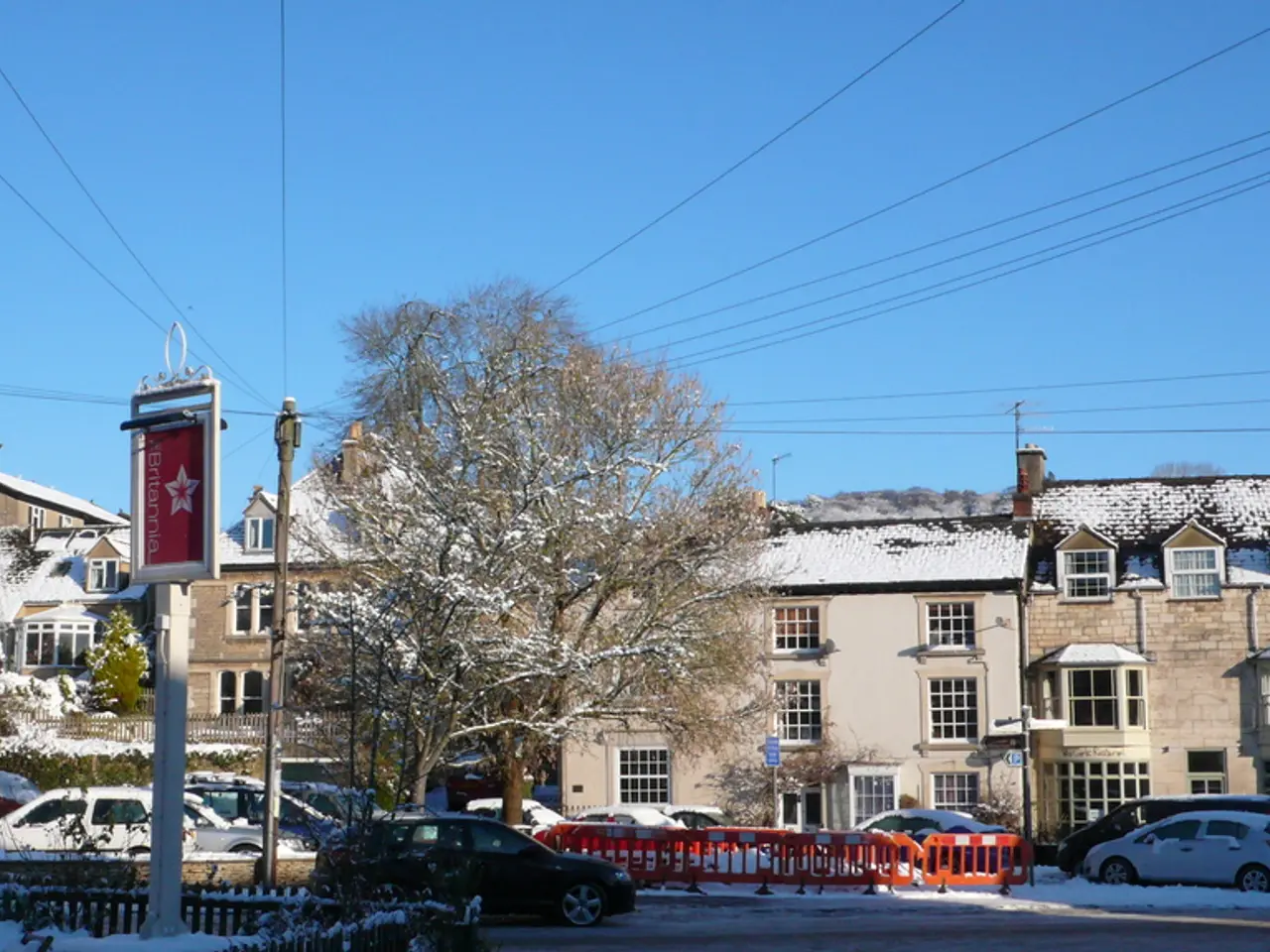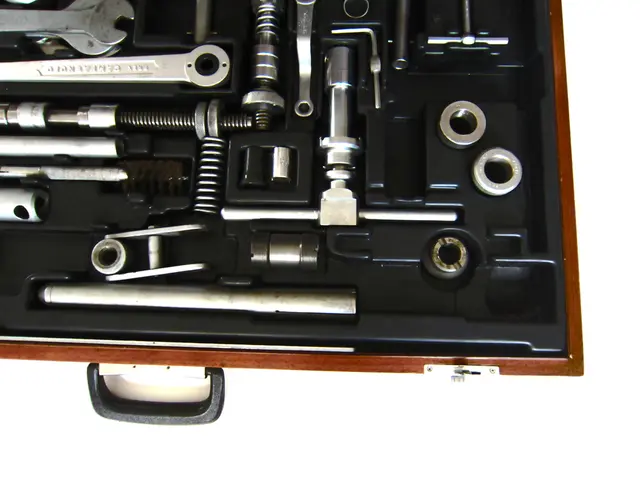Electric Vehicles Confronting Winter: An Analysis of How Low Temperatures Impact Electric Vehicle Functionality
Electric Vehicles Face Unique Winter Challenges in Montreal
Electric vehicles (EVs) in cold climates like Montreal face unique seasonal challenges, particularly during the winter months. These challenges mainly stem from battery performance degradation, reduced driving range, and operational issues caused by low temperatures and snow. To address these issues, hybrid and electrical mechanics require specialized training to effectively maintain and repair EVs in cold climates.
The cold weather in Montreal significantly lowers battery efficiency and capacity, causing EVs to deliver much shorter driving ranges in winter than in warmer seasons. For example, electric buses in Edmonton only achieved 165 km per charge in winter compared to 250 km in warm weather[1]. The increased weight of EVs due to heavy battery packs also leads to increased braking distances and handling difficulties on slick surfaces like icy or snowy roads, common in Montreal winters[2].
To maintain cabin comfort and keep battery packs at optimal temperatures, EVs consume extra energy for heating, further reducing available driving range. Municipalities even resort to measures like engine warmers or blankets for electric buses, as seen in Edmonton[1]. Cold weather can also exacerbate hardware failures such as gearbox issues, steering box failures, and cracking in composite body structures[1].
Given these factors, hybrid and electrical mechanics need to adapt their training by learning about battery thermal management systems and diagnostics, understanding the impact of cold on battery chemistry, charging times, and capacity, training in winter tire technologies and vehicle handling, managing heating systems and preconditioning features, becoming familiar with cold-weather related mechanical issues, and emphasizing preventive maintenance protocols tailored to cold weather.
The automotive training program in Montreal provides specialized instruction on EV maintenance and diagnostics, including learning about the electrical components behind comfort systems and their troubleshooting. Charging EVs in sub-zero temperatures can take up to twice as long, and technicians must help drivers understand when to adjust regen settings for smoother stops in snowy conditions.
Quebec is Canada's leader in EV adoption, making cold-climate EV expertise a valuable skill set for emerging auto technicians in Montreal. Pre-conditioning (heating the cabin while plugged in) is a smart workaround for reducing range loss in EVs. Winter tires play a critical role in control and safety for EVs driving in snow or slush. More energy is needed for cabin heating and battery warming systems in cold weather, and battery performance drops in cold conditions due to slower chemical reactions. Battery preconditioning before fast charging is necessary in cold weather.
The school in Montreal offers expert instructors, hands-on labs, and career support, preparing students to meet the needs of a fast-growing industry. Range can decrease by 20-40% in cold weather, depending on the model and conditions, and regenerative braking interacts differently with icy roads in EVs.
[1] Edmonton Transit Service (2020). Electric Buses in Cold Weather
[2] Transport Canada (2020). Electric Vehicles and Winter Road Conditions
Read also:
- IM Motors reveals extended-range powertrain akin to installing an internal combustion engine in a Tesla Model Y
- Ford Embraces Silicon Valley Approach, Introducing Affordable Mid-Sized Truck and Shared Platform
- Future Outlook for Tesla in 2024: Modest Expansion in Electric Vehicle Sales, Anticipated Surge in Self-Driving Stock
- Australians Embrace Tesla's Powerwall as 4,000 Units are Sold in a Single Month of July







